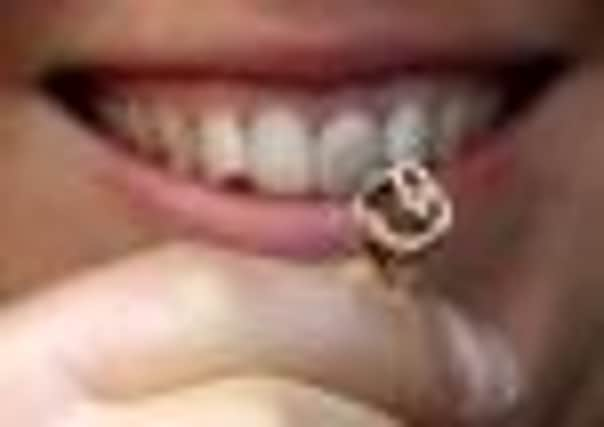Viking burial boat surfaces after 1,000 years


The first fully intact Viking boat burial site ever uncovered on the UK mainland has been found on the Ardnamurchan peninsula in Lochaber.
The 16ft-long grave contained the remains of a “high-status Viking” who was buried with an axe, a sword and a spear.
Advertisement
Hide AdAdvertisement
Hide AdArchaeologists say the find is hugely significant and will lead to an improved understanding of how the Vikings came to Scotland.
The discovery was made by those studying social change on the Ardnamurchan peninsula, from the first farmers 6,000 years ago to the Clearances of the 18th and 19th centuries.
Dr Oliver Harris, project co-director from Leicester University’s school of archaeology and ancient history, said his team had first noticed an unnatural-looking mound in 2006.
But only when archaeologists returned this year to begin excavating did the enormity of what they had found emerge.
Dr Harris said: “When we made the discovery there was amazing excitement, but it was also nerve-inducing.
“Digging something this important and rare is pretty nervy. Knowing that the last person who saw this did so a thousand years ago is an unbelievable thrill.”
He added: “This was someone of high status, who was wealthy and powerful and very interested in being seen as a warrior.
Advertisement
Hide AdAdvertisement
Hide Ad“We now want to go back and attempt to put this find in context, to see how he was living and if there are other burial sites.
“It’s the find of a lifetime and will really contribute to the understanding of how Viking people came to Scotland.”
Archaeologists will use teeth from the body, which is thought to date from the tenth century, to determine exactly where the man came from and what he ate.
Two hundred rivets that would once have held together the now long-decomposed boat will help understand how the craft was built.
It is also thought the Viking was widely travelled, as he was discovered with a whetstone from Norway, a ring pin from Ireland and pottery from the Hebrides.
Work will now get under way on cleaning the artefacts before they are put on public display. The British Museum in London is said to have expressed an interest. However, those who made the discovery hope the pieces will eventually return to Scotland.
The first Viking raids in Scotland took place in the late eighth century, and the Norsemen settled in Orkney and Shetland by the middle of the ninth century. While graves have been uncovered on Scottish islands, this is the first boat burial ever unearthed on the British mainland.
Advertisement
Hide AdAdvertisement
Hide AdThe find was made by the Ardnamurchan Transitions Project, a team led by experts from the universities of Manchester and Leicester, CFA Archaeology and Archaeology Scotland.
Co-director of the project and archaeology teaching fellow Dr Hannah Cobb, from Manchester University, said: “This is a very exciting find. Though we have excavated many important artefacts over the years, I think it’s fair to say that this year the archaeology has really exceeded our expectations.
“A Viking boat burial is an incredible discovery, but in addition to that, the artefacts and preservation make this one of the most important Norse graves ever excavated in Britain.”
One of the most famous archaeological discoveries ever made in Britain was another medieval ship burial site.
Discovered in 1939 in Sutton Hoo, Suffolk, the site contained a treasure trove of Anglo-Saxon artefacts, which are now in the British Museum.